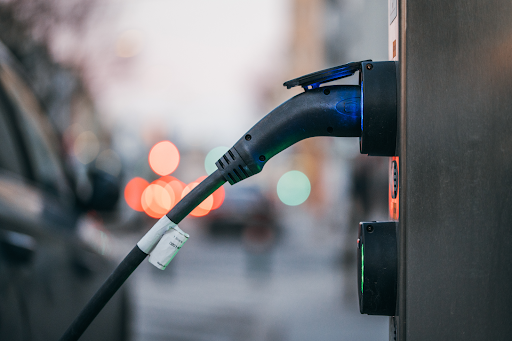This briefing provides analysis of the UK automotive market’s performance in Q3, with a focus on the preliminary data for the key month of September. The headline finding is a significant, subsidy-driven surge in the electrified vehicle segment, which has materially improved the outlook for the quarter, though underlying weaknesses persist.
September registrations rose 14% YoY to 312,900 units, the strongest September since 2020. This growth was almost exclusively driven by the Zero Emission Vehicle (ZEV) segment. Battery Electric Vehicle (BEV) sales increased by approximately 33% to 72,800 units, while Plug-in Hybrid (PHEV) sales grew an impressive 56% to 38,300. Electrified vehicles (incl. hybrids) exceeded 50% market share, a key inflection point.
The primary catalyst was the reinstatement of the government’s BEV grant in July. This policy intervention has proven highly effective at stimulating demand in the sub-£37,000 price bracket. From an investment perspective, this disproportionately benefits manufacturers with a strong portfolio in this segment (e.g., Citroën, Renault, Vauxhall) and has provided a buffer against competition from Chinese brands, which are largely excluded from the scheme.
Despite this positive ZEV performance, caution is warranted. The total market volume remains significantly below pre-pandemic levels, indicating that core consumer demand is constrained by macroeconomic pressures. The market’s growth is therefore heavily reliant on government stimulus, which introduces a high degree of policy risk.
Looking forward, two key risks are apparent. First, the ZEV mandate’s “flexibilities” have lowered the effective compliance target for manufacturers, potentially reducing the incentive for aggressive BEV rollouts in Q4. Second, the grant scheme is capped at 400,000 units and may face early termination due to high uptake, creating a potential demand cliff-edge in 2026. We maintain a cautious outlook on the market’s organic growth potential post-subsidy.

